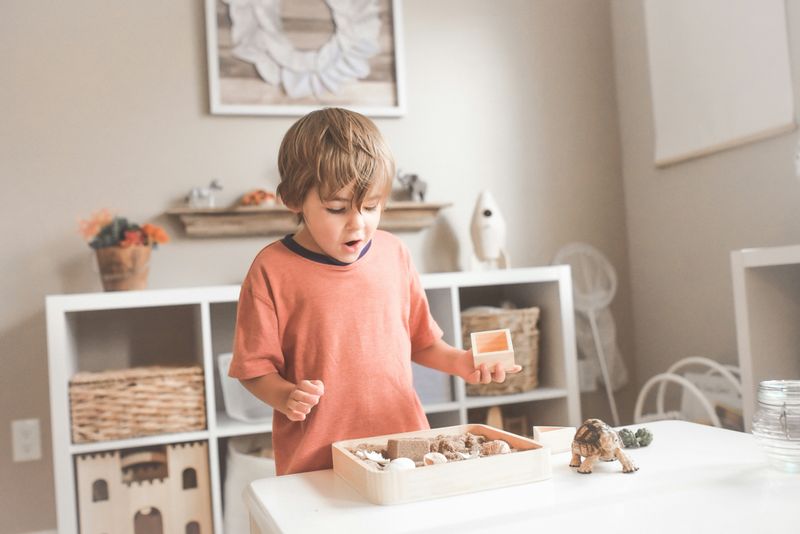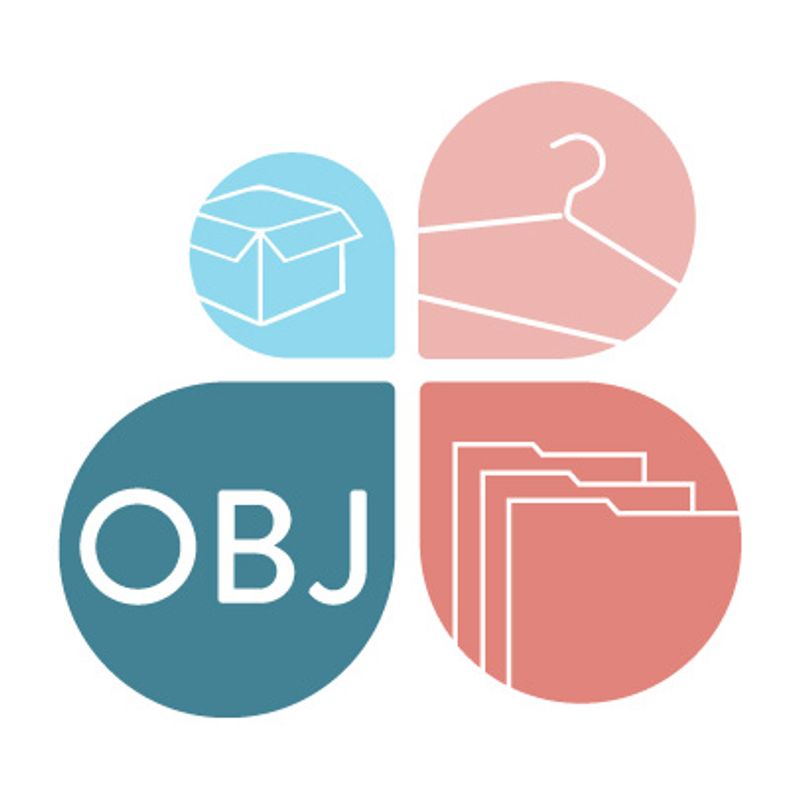Playrooms: Creating Spaces for Fun and Learning

Playrooms are magical places where imagination knows no bounds, and creativity flourishes. However, amidst the joy and excitement, clutter often creeps in, turning the space into a chaotic maze. Organizing a playroom isn't just about tidying up; it's about creating an environment that fosters exploration, learning, and, of course, fun. Today’s focus is on organizing playrooms to maximize space, promote organization, and ignite the spark of creativity in children.
The first step in organizing a playroom is to define different activity zones. Consider the interests and age of your children when planning these zones.
Common zones may include:
Reading nook: A cozy corner with shelves filled with age-appropriate books, soft cushions, and good lighting.
Arts and crafts area: Equipped with a sturdy table, art supplies, and ample storage for paints, papers, and other materials.
Building and construction zone: Incorporate shelves or bins for storing building blocks, LEGO sets, puzzles, and other construction toys.
Imaginative play area: Create a space for pretend play with costumes, dolls, action figures, dollhouses, and play kitchens.
Quiet corner: A serene space for relaxation or quiet activities like puzzles or board games.
Invest in child-friendly storage solutions such as:
Open shelving: Allows easy access to toys and encourages children to clean up independently.
Clear bins or baskets: Ideal for storing toys with small parts, making it easy to see what's inside.
Labeled containers: Use labels or pictures to help young children identify where toys belong and facilitate clean-up routines.
Multi-functional furniture: Choose furniture pieces with built-in storage, such as ottomans or benches with hidden compartments.
Wall-mounted organizers: Maximize vertical space by installing shelves, hooks, or pegboards to store toys and art supplies.
Rotate Toys:
To prevent the playroom from becoming overwhelmed with toys, consider implementing a toy rotation system. Periodically rotate toys in and out of storage to keep playtime fresh and exciting. Store items not in use in labeled bins or closets, and switch them out every few weeks or months. This not only reduces clutter but also reignites children's interest in their toys.
Organizing a playroom is not just about tidying up toys; it's about creating an environment that inspires curiosity, learning, and joy. By defining zones, utilizing storage solutions and rotating toys you can transform your playroom into a haven of imagination and fun.
Originally posted by Organized by Juliana via Locable
5.0 (7 Reviews)
Organized by Juliana
(704) 450-9203
www.organizedbyjuliana.com

























